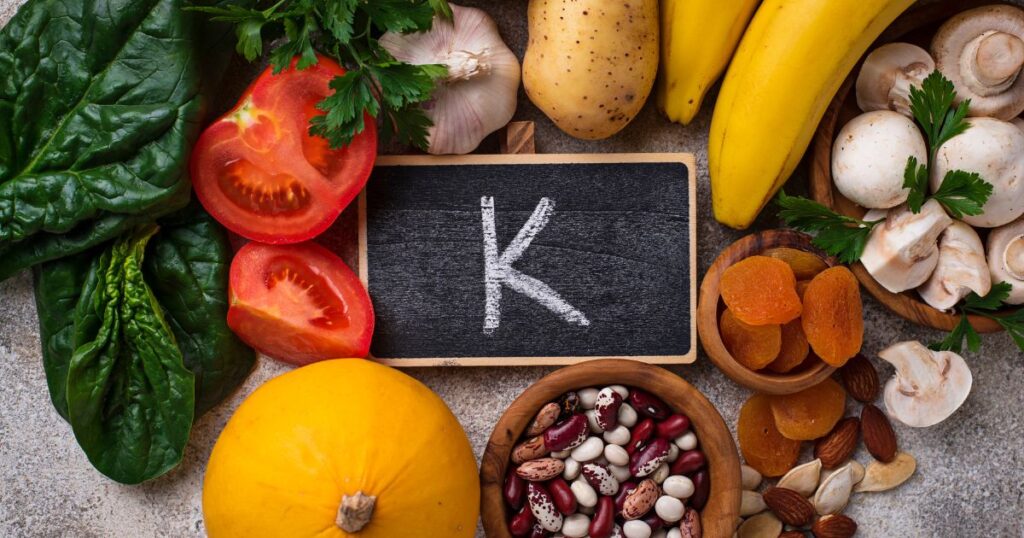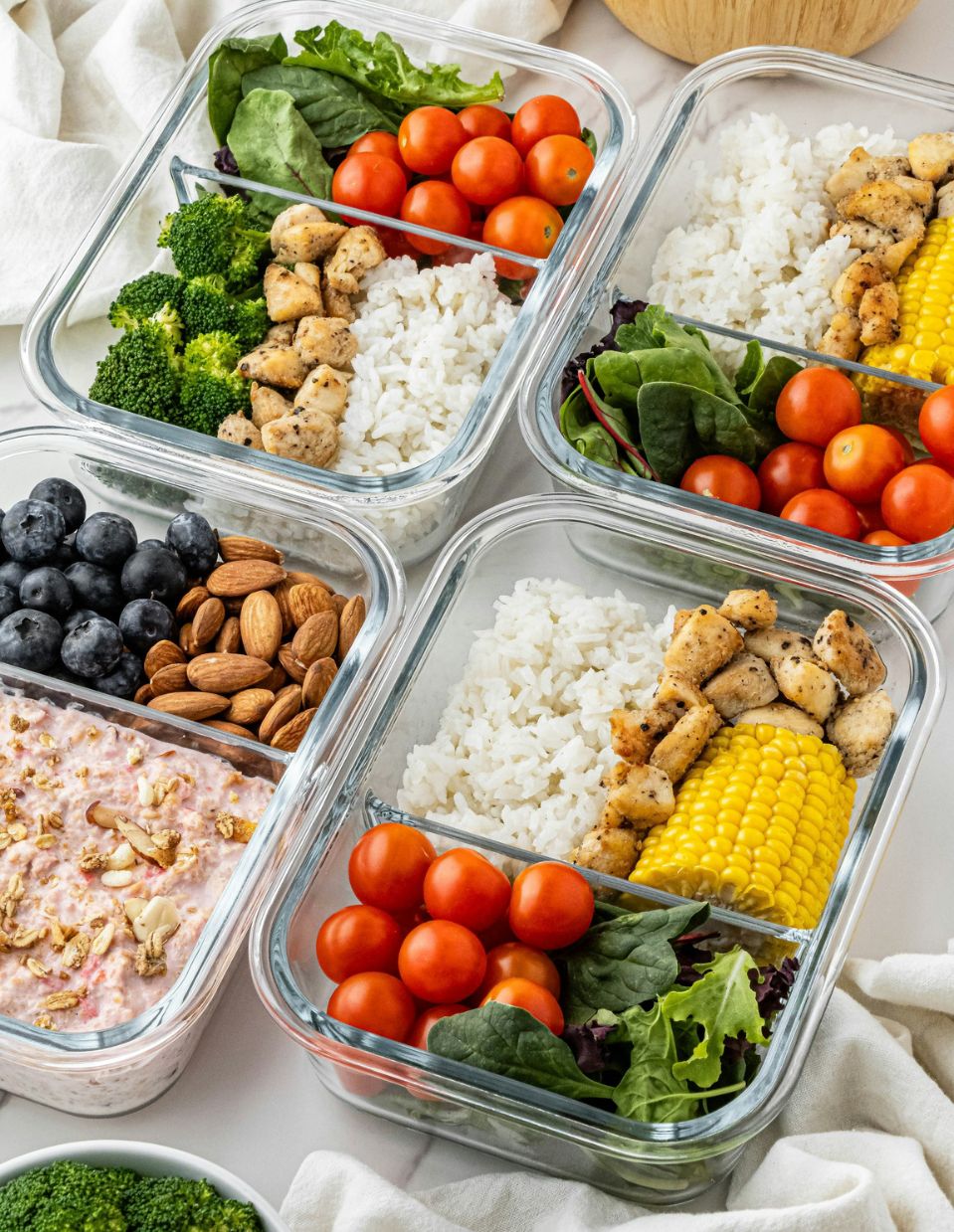Hypertension affects nearly half of all American adults, yet many are unaware of the serious risks that come with high blood pressure. Left untreated, it can lead to life-threatening complications such as heart disease, stroke, kidney damage, and vision loss.
The good news is that high blood pressure can be effectively controlled through lifestyle changes and proper nutrition. One proven approach is the DASH diet.
This diet is a heart-healthy eating plan designed to lower sodium intake and prevent high blood pressure. By adopting this diet, you can take proactive steps toward improving your heart health and well-being.
What is the DASH Diet?
The DASH (Dietary Approaches to Stop Hypertension) diet is a scientifically proven, heart-healthy eating plan designed to help lower high blood pressure naturally. It emphasizes nutrient-rich, whole foods such as fruits, vegetables, lean proteins, whole grains, and low-fat dairy, while reducing sodium, unhealthy fats, and added sugars.
By prioritizing foods high in potassium, calcium, and magnesium, the DASH diet supports heart health, improves circulation, and reduces the effects of sodium on blood pressure.
Key Foods in the DASH Diet

Aim for 4-5 servings of both fruits and vegetables daily. These foods are rich in potassium, a key mineral that helps counteract sodium’s impact and relax blood vessel walls. The American Heart Association (AHA) recommends a daily potassium intake of 4,700 mg for adults.
Potassium-Rich Foods for Heart Health
| Food | Potassium Content (mg) |
|---|---|
| White Potato (baked, with skin) | ~925 mg |
| Beets (1 cup, cooked) | ~500 mg |
| Canned Clams (3 oz) | ~535 mg |
| Sweet Potato (baked, with skin) | ~500 mg |
| Banana | ~425 mg |
| Artichoke | ~425 mg |
| Spinach (1 cup, cooked) | ~500 mg |
| Pomegranate (1 whole) | ~400 mg |
| Lentils (1 cup, cooked) | ~700 mg |
| Avocado (1 medium) | ~700 mg |
| Tomato Sauce (1 cup) | ~900 mg |
| Black Beans (1 cup) | ~600 mg |
| White Beans (1 cup) | ~1000 mg |
| Raisins (1/2 cup) | ~600 mg |
| Edamame (1 cup) | ~600 mg |
Other Heart-Healthy Foods in the DASH Diet
- Whole Grains: Aim for 6-8 servings daily, including brown rice, quinoa, and whole-wheat bread. These fiber-rich foods help lower blood pressure and support heart health.
- Lean Proteins: Incorporate skinless poultry, fish, and plant-based proteins (such as beans, lentils, and tofu). Reducing red meat intake can further help manage blood pressure.
- Low-Fat Dairy: Consume 2-3 servings of low-fat or fat-free dairy, like milk, yogurt, and cheese. These are excellent sources of calcium, which plays a crucial role in blood pressure regulation.
- Healthy Fats: Focus on heart-friendly fats from olive oil, avocados, and nuts, while avoiding trans fats and saturated fats that contribute to high cholesterol and hypertension.
- Limit Sodium: Sodium reduction is a cornerstone of the DASH diet. The AHA recommends consuming no more than 2,300 mg of sodium per day, and ideally less than 1,500 mg for those with high blood pressure.
Sodium and Hypertension: Why Reducing Salt Intake Matters
Excessive sodium intake is a primary contributor to high blood pressure, making it essential to cut back on salt for better heart health.
The DASH diet (Dietary Approaches to Stop Hypertension) encourages reducing processed foods and fast food, which are typically high in hidden sodium. Research shows that lowering sodium intake can help reduce blood pressure in hypertensive individuals and improve vascular function and artery elasticity.
Fast food meals can contain an alarming amount of sodium, often surpassing the recommended daily limit for individuals managing hypertension. Here’s the sodium content of some of the most popular fast food meals:
| Fast Food Item | Sodium Content (mg) |
|---|---|
| McDonald’s Big Mac Meal with Medium Fries | 1375 mg |
| Chick Fil A Chicken Sandwich | 1460 mg |
| Subway 6-inch Subway Club | 1,540 mg |
| Raising Canes Box Combo | 2280 mg |
| Zaxby’s 4-piece Chicken Finger Plate | 3230 mg |
| Popeyes 5-piece Tenders | 3040 mg |
| Wendy’s Dave’s Double with Medium Fries | 1800 mg |
As you can see, many fast food items contain a significant amount of sodium, which can potentially negatively affect your blood pressure. By limiting your consumption of fast food and prepared meals, you’ll be taking an essential step toward managing hypertension.
Simple Ways to Reduce Sodium and Improve Heart Health
Adopting the DASH diet doesn’t mean you have to sacrifice flavor. By making a few smart choices, you can reduce sodium while still enjoying tasty meals. Here are some effective tips to get you started:
Cook at Home for More Control
Preparing meals from scratch gives you complete control over the ingredients. Use fresh, whole foods and flavor your dishes with herbs, spices, and lemon juice instead of salt for a delicious, sodium-free boost.
Opt for Fresh or Frozen Vegetables
Canned vegetables often contain added salt, which can quickly increase your sodium intake. Choose fresh or frozen vegetables with no added salt to help maintain a heart-healthy diet.
Read Food Labels Carefully
When shopping for packaged foods, always check the label for sodium content. Look for low-sodium or no-salt-added options to help you control your salt intake without sacrificing taste.
Avoid Processed Meats
Processed meats like bacon, sausages, and deli meats are notoriously high in sodium. Switch to lean cuts of meat or plant-based protein options like tofu or beans for a healthier, low-sodium alternative.
By making these small adjustments, you can effectively reduce sodium in your diet and improve your heart heart.
Ready to Take Control of Your Cardiovascular Health?
High blood pressure is a growing concern, with nearly 46% of adults in Mississippi and 44.7% of adults in Alabama reporting that they have been diagnosed with hypertension by a healthcare professional. If you’re looking to manage or prevent hypertension, the DASH diet offers an effective, sustainable approach.
By prioritizing nutrient-dense foods and reducing sodium intake, you can support healthier blood pressure levels, improve heart health, and enhance overall well-being.
Take control of your heart health with expert nutrition guidance at Core Nutrition Health & Wellness. Working with a Registered Dietitian Nutritionist (RDN) can help you create a personalized nutrition plan tailored to your needs.
Whether you’re managing high blood pressure or looking to prevent it, an RDN can provide science-backed strategies to make the DASH diet work for you. Schedule your nutrition consultation today and take the first step toward better health

